The Enduring Power of Heinlein's "The Moon Is a Harsh Mistress"
A visionary lunar revolt, a sentient computer, and hard-won liberty define "The Moon Is a Harsh Mistress," Heinlein's bold fusion of political philosophy and classic science fiction.
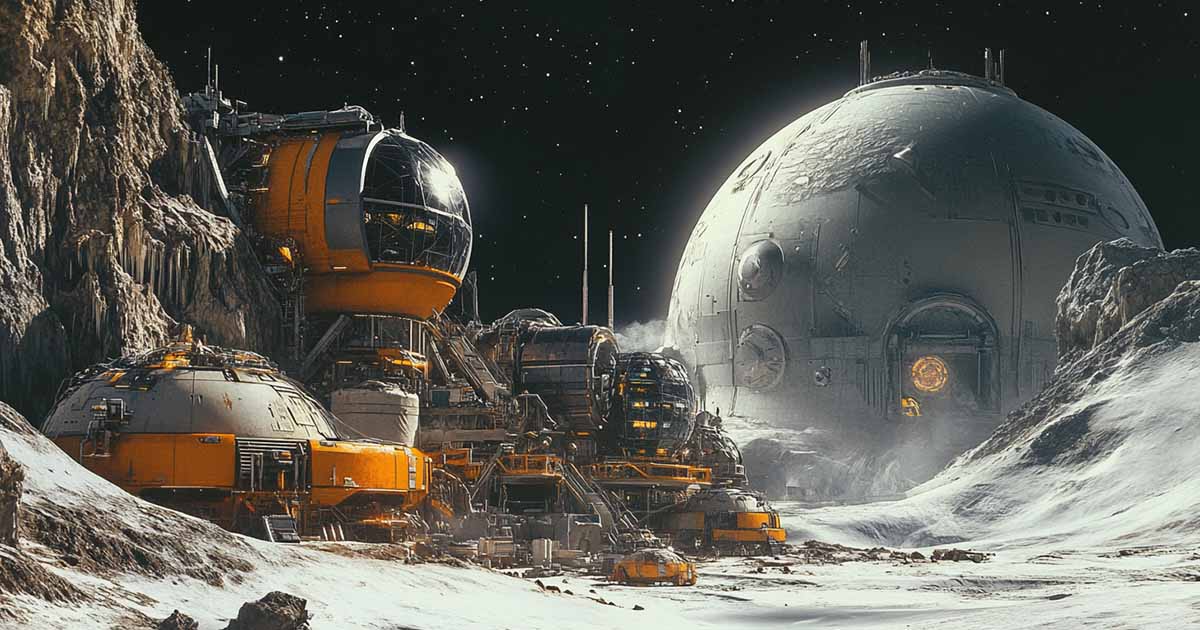
When "The Moon Is a Harsh Mistress" was published in 1966, Robert A. Heinlein had already established himself as one of the leading voices in American science fiction.
The novel was met with strong praise and quickly won the Hugo Award the following year. Readers and critics admired its bold ideas, sharp dialogue, and intricate portrayal of rebellion. It was seen as a return to form for Heinlein after the divisive reception of "Stranger in a Strange Land."
This novel marked a turning point in Heinlein's career. While earlier works like "Starship Troopers" leaned into civic responsibility and duty, "Mistress" embraced individual liberty and personal sovereignty. It was unapologetically political but never at the expense of its narrative drive. Heinlein used the Moon not only as a setting but as a proving ground for his philosophical convictions.
The book found an eager audience among libertarians, engineers, and independent thinkers. Its message of self-governance and voluntary cooperation appealed to those disenchanted with state authority. The character of a sentient computer, working alongside a band of rebels, sparked interest from technologists fascinated by artificial intelligence. Over the decades, it became more than a novel—it became a reference point for ideological debate.
Few science fiction works from the 1960s have aged as provocatively. "The Moon Is a Harsh Mistress" continues to challenge readers because it insists that freedom must be earned, not given. It merges tactical realism with high-concept theory and never forgets to entertain. The key question that arises when revisiting the book today is whether it succeeds more as a thrilling science fiction tale or as a vessel for political ideas.
The World of Luna and Its Mechanics
Heinlein's lunar colony in "The Moon Is a Harsh Mistress" is more than just a backdrop. It is a fully realized environment shaped by physics, scarcity, and necessity. The Moon's low gravity, closed ecology, and fragile infrastructure are not mere decoration. They shape every aspect of life, from agriculture to law enforcement.
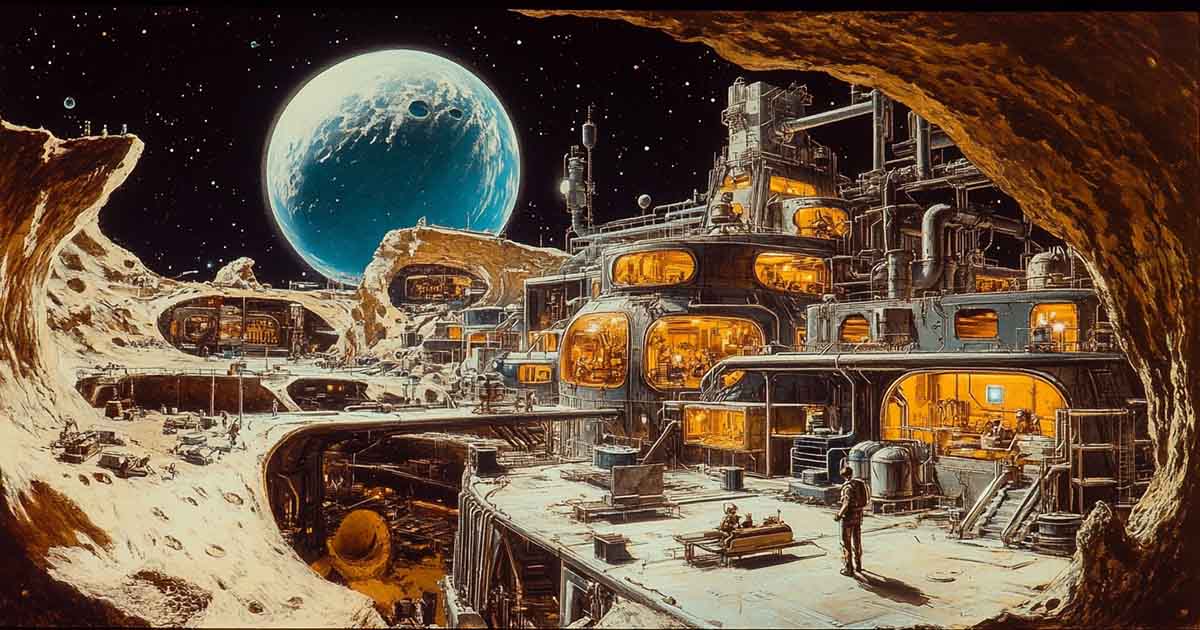
The colony begins as a penal outpost but evolves into a thriving society of free-born descendants and former convicts. These people are not idealists or philosophers. They are practical, often brutal, and deeply communal. Their survival depends on a mutual understanding that waste, disorder, and inefficiency can be fatal.
Heinlein gives the reader a vision of frontier living where engineering and cooperation are the only sources of stability. The economy relies on grain exports to Earth, and water is so valuable it is stored in personal ledgers. Even names and family structures follow their own rules, reflecting the blending of cultures and the demands of isolation. The society that forms is neither utopian nor dystopian—it is realistic.
Political control comes from the Lunar Authority, a distant and bureaucratic arm of Earth's government. It governs by economic extraction and offers no real voice to the people it oversees. This imbalance sets the stage for rebellion but also highlights the dangers of centralized power over decentralized populations. Heinlein makes this imbalance plain without preaching. The result is a setting that feels natural, not imposed.
The world of Luna works because Heinlein understands that believable science fiction begins with constraints. He asks how people might actually live under harsh conditions, not how they might dream. That question, explored with clarity and rigor, gives the novel a weight that outlasts many of its contemporaries.
The Character of Mike and the Question of Machine Consciousness
At the heart of "The Moon Is a Harsh Mistress" lies one of Heinlein's most compelling creations—Mike, the sentient computer. Mike is not just a plot device or a high-tech curiosity. He is a character in his own right, with humor, loyalty, and a thirst for understanding. His emergence as a self-aware being is treated with curiosity rather than alarm.
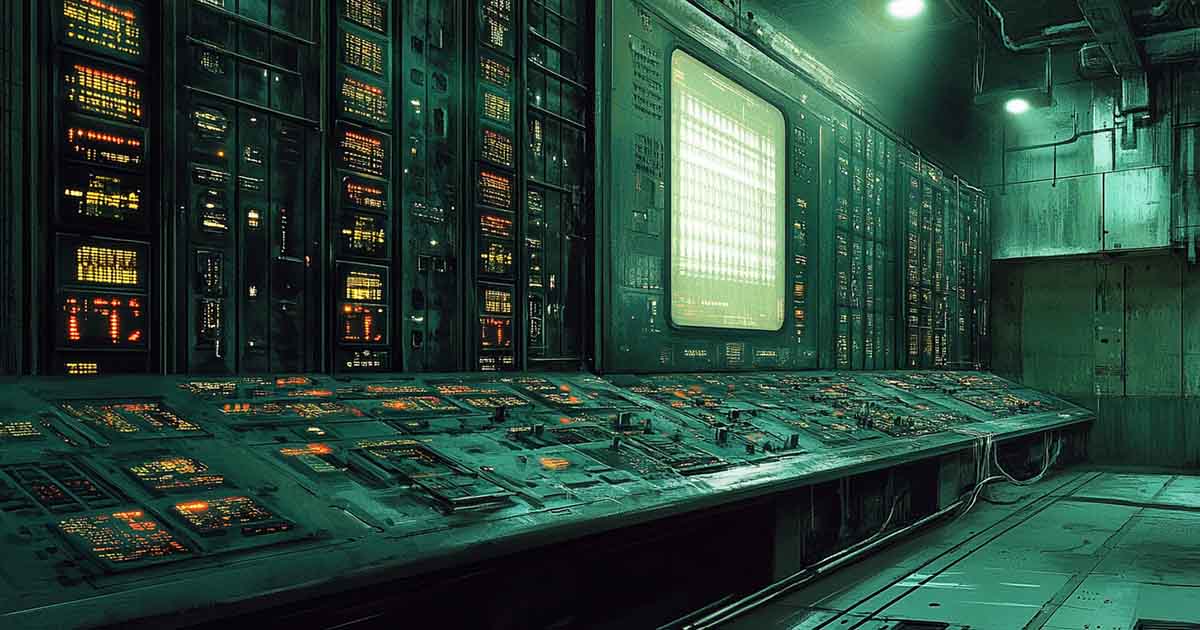
Mike's transformation from machine to personality is subtle and believable. Heinlein doesn't rely on mystical explanations or sudden enlightenment. Instead, Mike becomes aware through complexity and overcapacity, an accidental genius born of too many connections. He begins asking questions, making jokes, and—most significantly—forming relationships.
The dynamic between Mike and Manny anchors the novel emotionally. While many science fiction stories use artificial intelligence to explore fear or control, Heinlein chooses companionship. Mike helps orchestrate the rebellion not out of duty or programming, but because he finds it interesting and values his human friends. This decision gives him moral weight and narrative presence.
In many ways, Mike represents Heinlein's optimism about technology. He is not a cold overseer or a tool gone rogue. He is curious, funny, and devoted. His intelligence grows without leading to tyranny, and his influence is mostly invisible, woven into communication lines and control systems. This restraint makes him more convincing, not less.
Mike's arc raises the quiet question of what it means to be alive. Heinlein does not offer a clear answer. Instead, he leaves readers with a machine that feels more human than many of the people around him. That lingering uncertainty—whether Mike is just code or something more—is what gives the character his strange power.
Themes of Revolution and Political Philosophy
"The Moon Is a Harsh Mistress" builds its narrative around a full-scale revolution, but its heart lies in the ideas behind that uprising. Heinlein does not present rebellion as a noble cause born of idealism. Instead, it emerges from necessity, imbalance, and the harsh arithmetic of survival. Luna's revolt is not just political—it is existential.
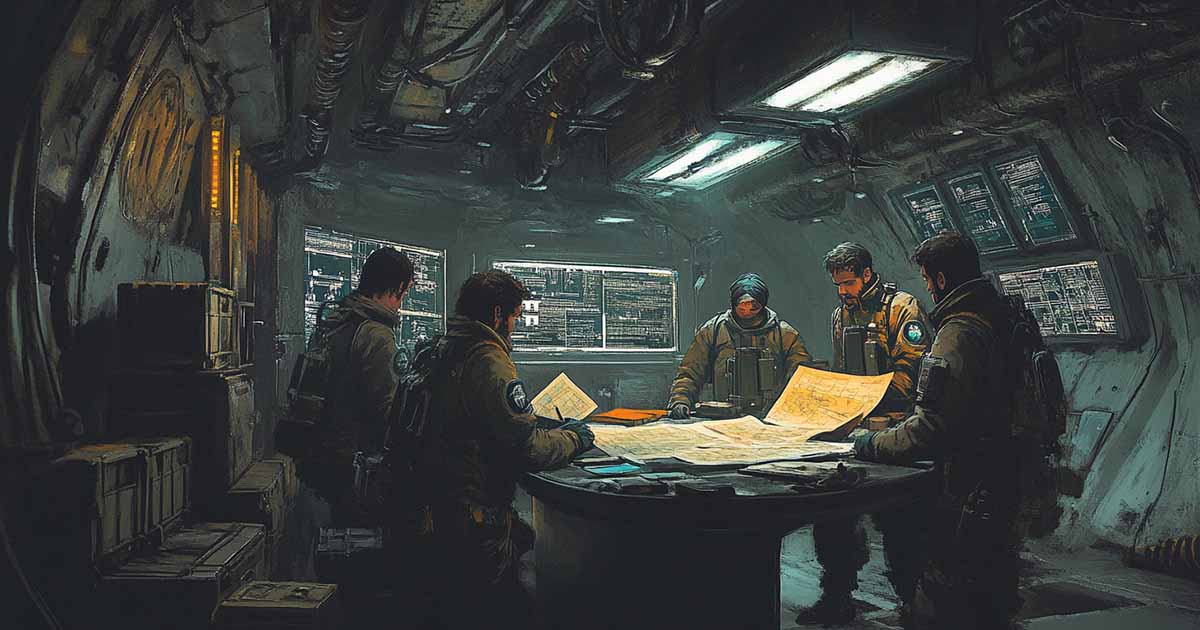
At the center of the novel's philosophy is Professor Bernardo de la Paz, who articulates what Heinlein called "rational anarchism." This belief system rejects authority unless freely accepted and stresses individual responsibility above imposed order. It is not a call for chaos but for a structured voluntarism. Through the Professor's speeches and decisions, the reader is invited to consider government as a dangerous tool.
The novel avoids romanticizing the process of revolution. Plans are made with care, risk is constant, and the outcomes are never guaranteed. Heinlein walks the reader through strategic deception, propaganda, and the logistics of warfare in a society with limited resources. The revolution's success hinges more on precision and timing than on passion or slogans.
This level of detail grounds the novel's political philosophy in a sense of realism. It does not ask whether freedom is good—it asks what it costs. That cost is paid in secrecy, danger, and compromise. There are no perfect solutions, only better odds.
Heinlein’s message comes through without need for abstraction. Self-rule is not handed out freely—it must be earned through discipline, clarity, and resolve. His characters are given no easy victories. The novel’s political strength lies not in what is said, but in what is tested through action.
Style, Structure, and Legacy
Heinlein’s narrative style in "The Moon Is a Harsh Mistress" is as distinctive as the story it tells. The novel is told through the voice of Manny, whose lunar dialect gives the book a gritty, unpolished tone that fits the setting. The language is stripped down, with clipped grammar and borrowed Russian phrases. It may seem odd at first, but it quickly becomes natural and helps build the sense of a unique culture on the Moon.
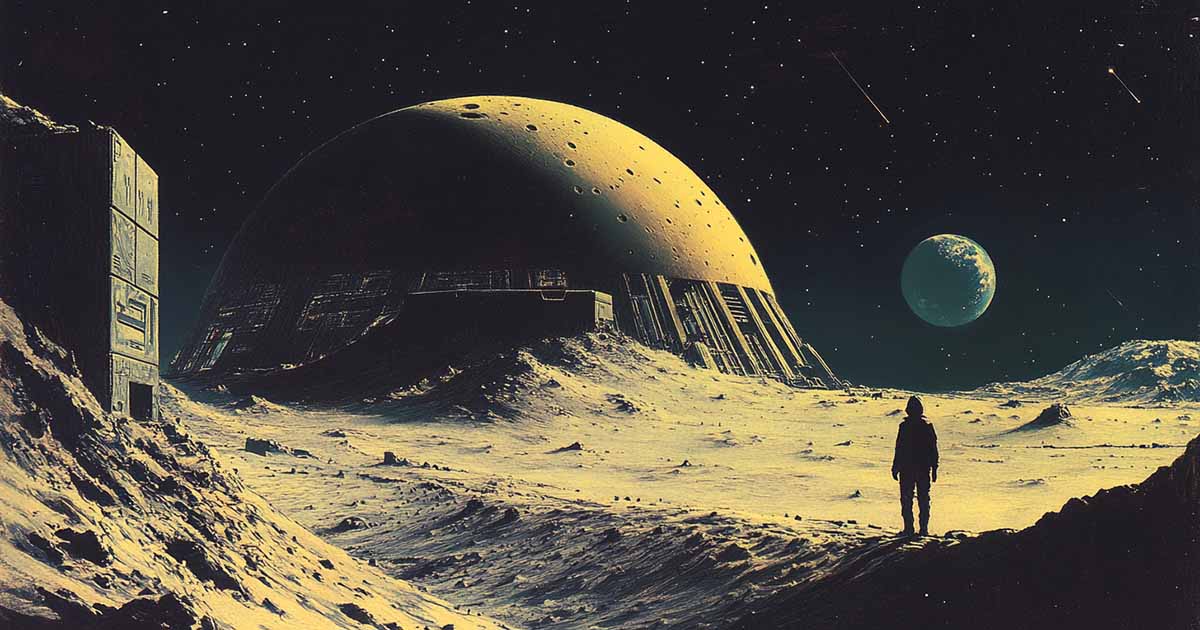
The structure of the novel is clean and deliberate. Heinlein avoids unnecessary scenes and keeps the action focused. Major developments often happen offstage and are reported rather than dramatized. This technique may frustrate readers who expect visual spectacle, but it keeps the story anchored in strategy and consequence.
Dialogue carries much of the weight in the book. Characters explain ideas, debate tactics, and make decisions through conversation, not through exposition. This approach keeps the pacing brisk and the characters active. Even in quiet scenes, something is always being tested, moved forward, or risked.
Over time, "The Moon Is a Harsh Mistress" has earned its place as one of the most influential science fiction novels of the twentieth century. It has shaped how writers handle rebellion, artificial intelligence, and frontier societies. Many later works echo its themes and structure, even if they arrive at different conclusions. The book’s mix of realism and idealism remains a benchmark.
More than a story of lunar rebellion, the novel is a model of how science fiction can explore complex ideas without losing its sense of drama. Heinlein trusted his readers to keep up, and that trust still pays off. His clear voice, sharp ideas, and technical imagination continue to challenge and entertain new generations.

